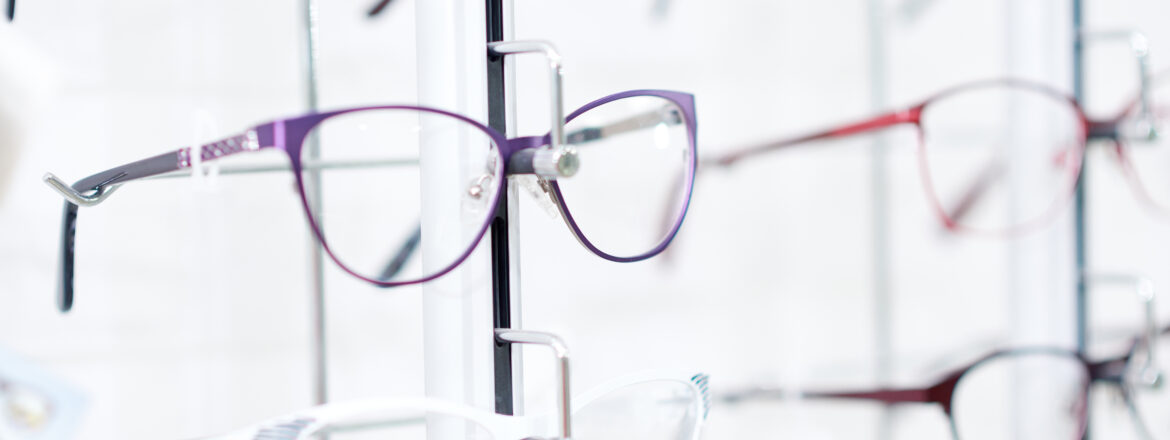Embark on a detailed exploration of the distinct characteristics and practical benefits of safety glasses or sports glasses. This comprehensive analysis aims to clarify their differences, functionalities, and the vital role they play in protecting one’s vision during various activities. By understanding these practical benefits, readers can make informed decisions based on their specific needs.
The Essence of Eye Protection
Critical Importance of Eye Safety
Delve into the significance of eye protection in preventing injuries and safeguarding vision health. Highlight the potential risks and scenarios where the absence of proper eye gear can lead to severe eye injuries or long-term ocular issues. This underlines the necessity of wearing appropriate protective eyewear in hazardous environments or during sports.
Defining Safety Glasses
Introduce safety glasses as essential protective gear designed to shield the eyes from work-related hazards. Detail the rigorous standards, like OSHA and ANSI Z87.1, that these glasses meet. This provides context about the level of protection they offer against physical, chemical, or radiation threats in industrial and laboratory settings.
Understanding Sports Glasses
Define sports glasses as specialized eyewear engineered to protect the eyes and enhance performance during physical activities. Discuss their design tailored for dynamic and high-impact environments, focusing on features that withstand sports-related risks while offering vision clarity and stability.
Comparative Design and Features
Materials and Construction
Examine the robust materials and construction of safety and sports glasses, highlighting the use of polycarbonate or trivex lenses for impact resistance. Discuss how the choice of material influences the glasses’ durability, weight, and protection level against different types of impact, from flying debris in workshops to balls and racquets in sports arenas.
Advanced Lens Technologies
Explore the advanced lens technologies employed in both safety and sports glasses, such as anti-scratch coatings, UV protection, polarized lenses, and options for prescription integration. Highlight how these cutting-edge technologies are tailored to meet the specific environmental conditions and hazards associated with various professional and athletic activities, providing a high level of reassurance.
Functionality and Suitability
Compliance with Safety Standards
Detail the compliance of safety glasses with international safety standards, ensuring they provide adequate protection against the risks present in industrial and construction sites. Contrast this with the design and testing of sports glasses, which might focus more on impact resistance, flexibility, and UV protection suited to outdoor sports conditions.
Fit, Comfort, and Adaptability
Highlight the significance of fit and comfort for all glasses, stressing the need for a snug fit to avoid slipping during physical activity. Mention customizable features like adjustable nose pads, strap options, and ventilated frames that cater to prolonged wear and diverse activity levels, enhancing the wearer’s comfort and performance.
Application and Performance in Real-world Scenarios
Workplace and Industrial Relevance
Illustrate the critical role of safety glasses in various industrial settings, where they protect against flying particles, chemicals, or harmful radiation. Share insights into how workers in different sectors, like construction, manufacturing, and healthcare, rely on these glasses for daily protection.
Athletic and Recreational Implications
Examine the use of sports glasses across different athletic disciplines, from water sports and cycling to team sports like basketball and soccer. Highlight how these glasses not only offer protection but also improve visual acuity and performance in varying lighting and environmental conditions.
Making the Optimal Choice
Selection Criteria for Safety Glasses
Offer guidance on selecting the appropriate safety glasses, considering factors like the nature of hazards, workplace environment, lens options, and compliance with safety regulations to ensure maximum eye protection.
Choosing the Right Sports Glasses
Advise on how to choose sports glasses based on the type of sport, environmental exposure, and personal preferences. Stress the importance of considering features like lens tint, frame design, and impact resistance to enhance safety and performance in sports activities, empowering the audience in their decision-making process.
Conclusion
Conclude by emphasizing the criticality of choosing the correct type of eyewear for specific activities. Summarize the pivotal differences between safety glasses and sports glasses, reiterating their designed functionalities to cater to diverse environments and activities. Encourage readers to prioritize eye protection by selecting eyewear that best fits their professional or recreational needs.


